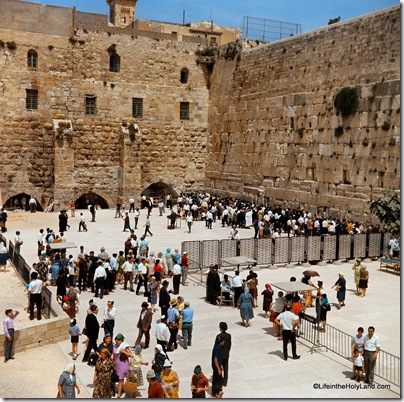From the Jerusalem Post:
The world’s oldest Jewish cemetery just went online.
A new project undertaken by the City of David archeological Park, located south of Jerusalem’s Old City and at the foot of the Mount of Olives cemetery, has begun the process of identifying and documenting tombstones throughout the entirety of the Mount of Olives and uploading the data to the Web.
Tens of thousands of graves on the mount have already been mapped and incorporated into a database, in the first-ever attempt to restore the graves and record the history of those who were buried there. The project includes the creation of a Web site (www.mountofolives.co.il) that aims to raise awareness of the City of David and to honor the memory of those buried in the cemetery, as well as to inform about the tours and activities available.
Additionally, the Web site tells stories of the people buried in the cemetery and, through a simple search window, one can locate the documented graves by name.
“We hope that this Web site will give people all over the world the opportunity to remove the dust of generations from the graves of their loved ones, and to both restore and reveal the stories buried underground,” Udi Ragones, the public relations director for the project, told The Jerusalem Post on Thursday.
“There’s so much history there, so many stories, that this project is fascinating both from a personal perspective as well as an historical one,” he said.
While more than 20,000 gravestones have already been documented, organizers estimate that there are between 200,000 and 300,000 in the cemetery, which leaves an enormous amount of work left to be done.
The already documented graves include those of the reviver of the Hebrew language, Eliezer Ben-Yehuda, Nobel Prize for Literature laureate Shai Agnon, former prime minister Menachem Begin, Hadassah Women’s Organization founder Henrietta Szold, founder of the Bezalel Art School Boris Schatz, Chaim ben Moses ibn Attar, also known as the Ohr ha-Chaim after his popular commentary on the Torah, and Rabbi Avraham Yitzhak Kook, the first Ashkenazi chief rabbi of the British Mandate.
The full story is here.
HT: Joe Lauer
This photo is taken from the Jerusalem volume of The American Colony and Eric Matson Collection (Library of Congress, LC-matpc-06376).


